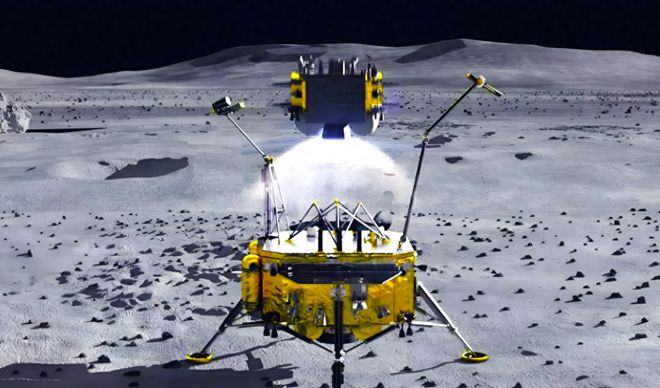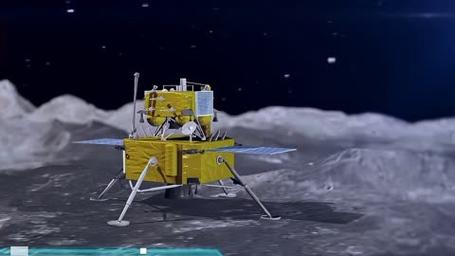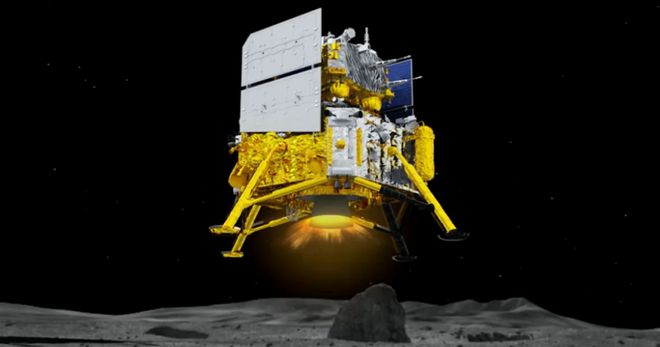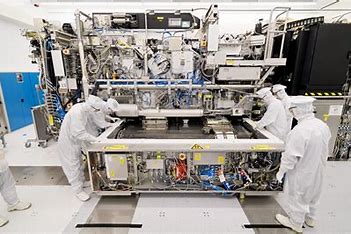Change 6: "Digging" trip to the back of the moon, a bright chapter of scientific and technological miracle
In the magnificent picture of mankind's exploration of the universe, the Moon is like a bright pearl, both mysterious and full of challenges. For a long time, we, like explorers, have conducted detailed explorations of the front of the Moon, but the unknown territory hidden in the back of the Moon has always been like a mysterious veil that has not been unveiled. However, in 2024, China's Chang'e 6 probe, like a highly skilled miner, successfully realized the first "digging" trip to the back of the Moon in human history, a feat which, like a sharp key, opened the door to a brand new knowledge of the Moon for mankind.

Chang'e 6, the "lunar miner" from China, is the sixth heroic messenger of China's Chang'e lunar exploration program. Her mission is to go to the mysterious and unpredictable Antarctic-Aitken Basin at the back of the Moon, and use her sharp "eyes" and flexible "arms" to carry out a detailed exploration of the topography and geomorphology there, as well as an in-depth investigation of the geological background. At the same time, she has to be like a professional archaeologist, carefully collecting lunar samples from different regions and different ages to unveil more secrets about the Moon for scientists.
The "digging" journey of Chang'e 6 is not only a breakthrough in China's lunar exploration project but also a brilliant chapter in the course of mankind's exploration of the universe. She took a firm step towards the unknown territory of the backside of the Moon and used the power of science and technology to reveal the mystery of the backside of the Moon to mankind. Her success not only highlights China's outstanding strength in aerospace technology but also injects new vitality and confidence into mankind's future path of exploring the universe.

During the development of the Chang'e 6 probe, researchers designed a sophisticated "landing navigation system" in the face of the complex labyrinthine terrain on the backside of the Moon and the harsh polar-like environmental conditions. This system is like the detector's "clairvoyant eyes" and "compliant ears", in which the laser distance sensitizer is a telescope with superb "eyesight", and the laser speed sensitizer is a keen "hearing". The laser distance sensitizer is a telescope with excellent "eyesight", the laser speed sensitizer is a sharp "hearing" device, and the laser three-dimensional imaging sensitizer is an all-round "3D map maker". They work together to ensure that Chang'e 6 can land firmly on the lunar surface.

The next challenge facing Chang'e 6 is how to realize automatic sampling and encapsulation on the remote backside of the Moon. This is like an unattended "lunar treasure-digging challenge". Researchers have equipped the probe with a dexterous "robotic arm" and a precise "sampling device", allowing it to automatically dig up lunar soil and encapsulate it carefully, just like a skilled miner. At the same time, the probe is also equipped with a high-precision "mineral spectrum analyzer", this device is like a "chemical laboratory", and can be collected on the moon samples for rapid and accurate compositional analysis, for scientists to reveal the mysteries of the moon provides powerful data support.
In this feast of science and technology, the Chang'e 6 mission also reflects China's openness in the international cooperation arena. The mission is like a grand "international space ball", inviting space teams from ESA, France, Italy, Pakistan and other countries to participate.
Chang'e 6, the "lunar miner" from China, is the sixth heroic messenger of China's Chang'e lunar exploration program. Her mission is to go to the mysterious and unpredictable Antarctic-Aitken Basin at the back of the Moon, and use her sharp "eyes" and flexible "arms" to carry out a detailed exploration of the topography and geomorphology there, as well as an in-depth investigation of the geological background. At the same time, she has to be like a professional archaeologist, carefully collecting lunar samples from different regions and different ages to unveil more secrets about the Moon for scientists.
(Writer:Seli)



